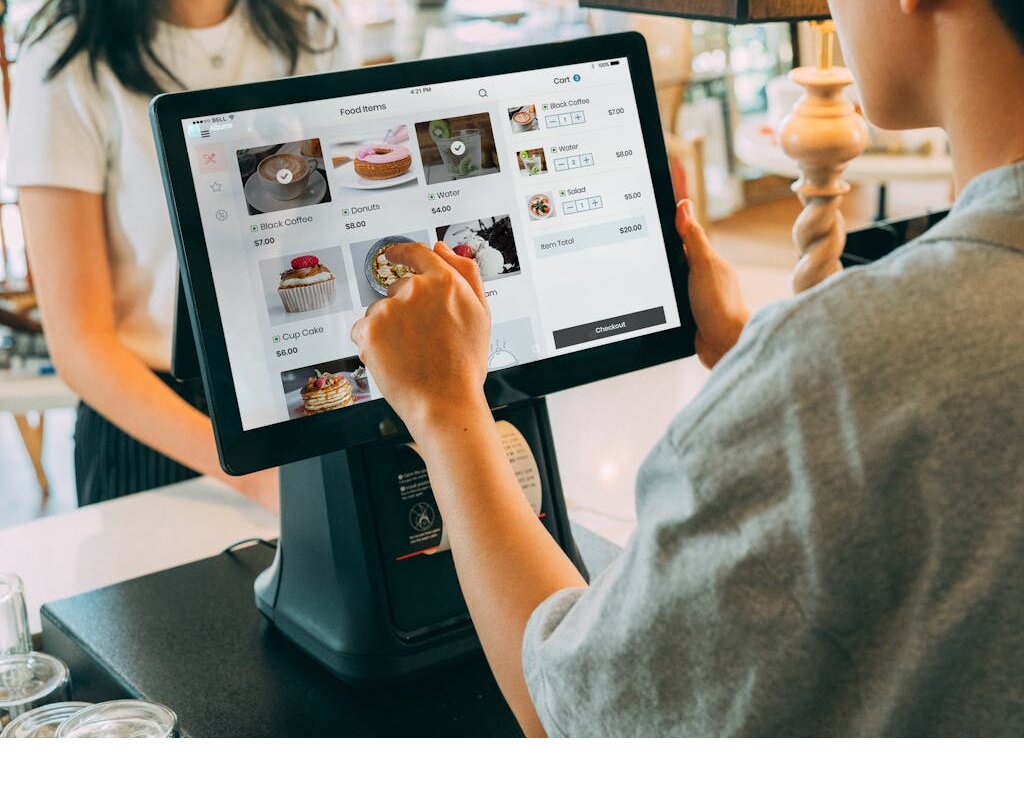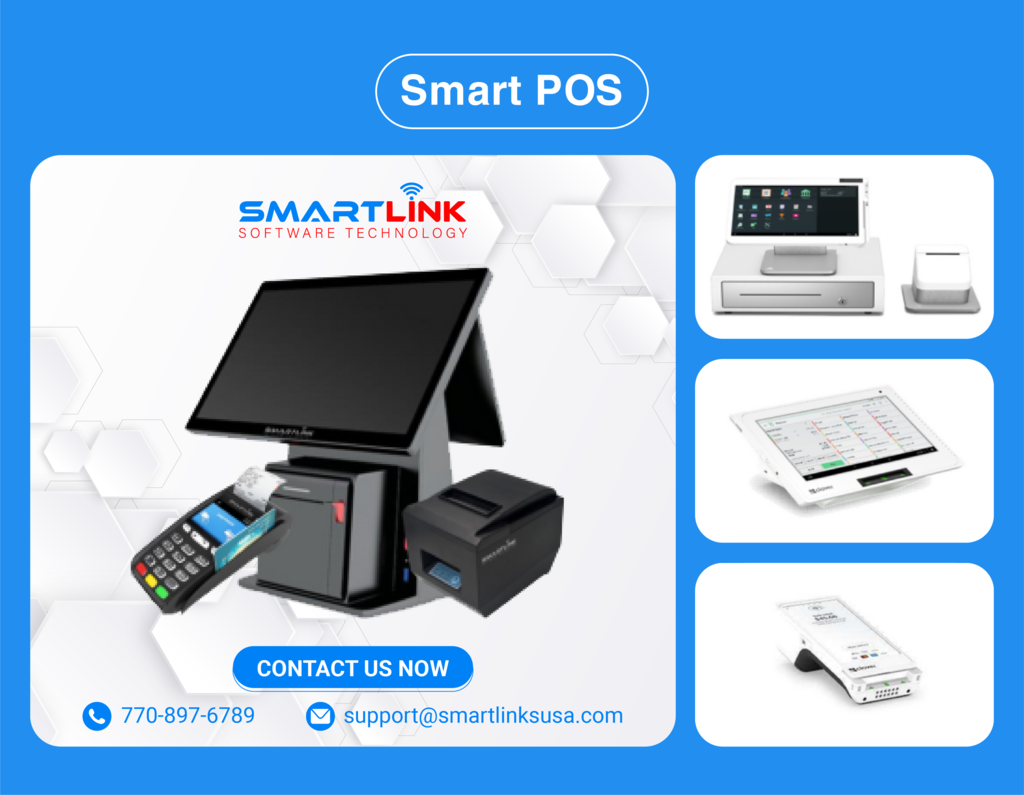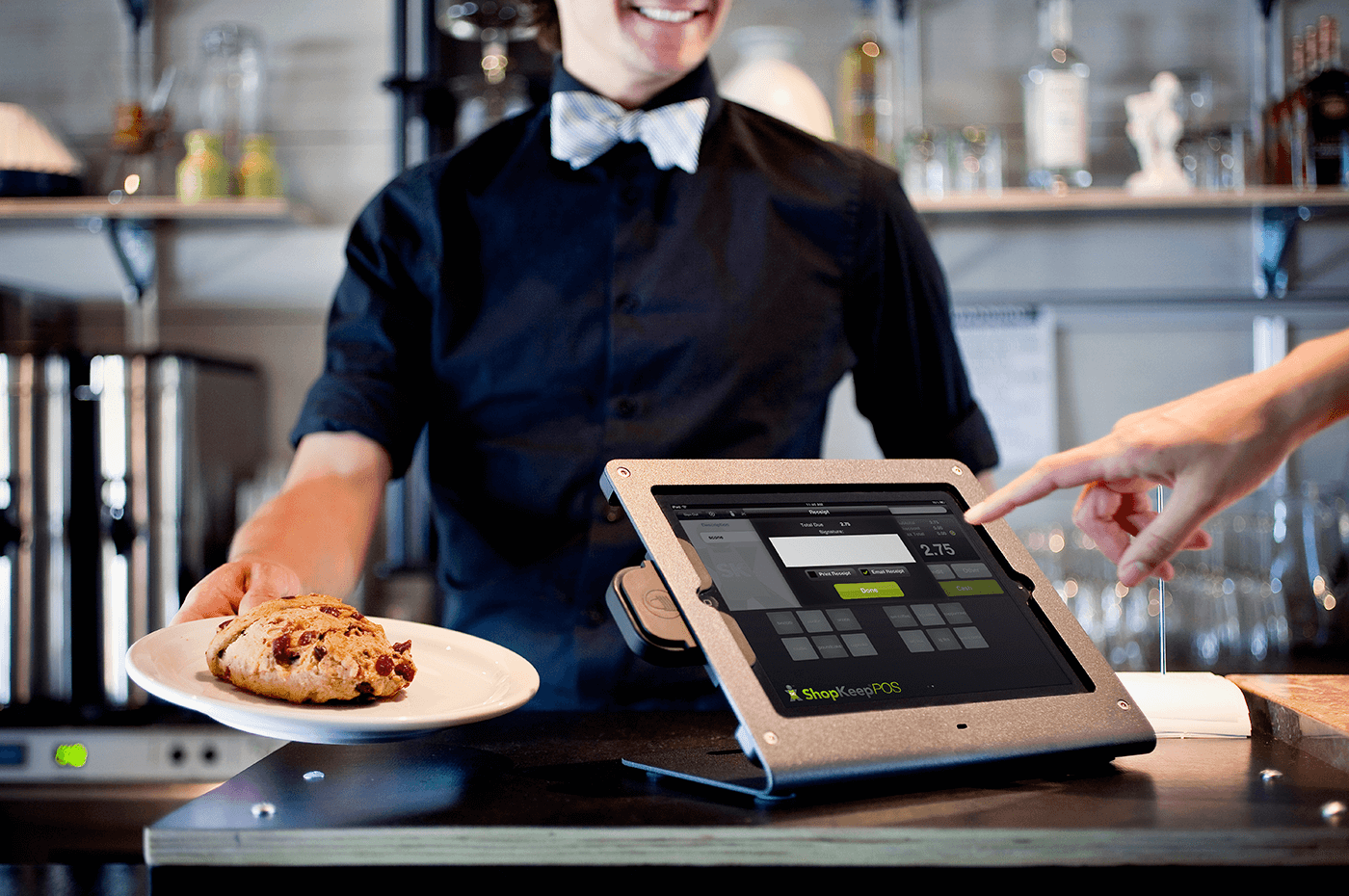The restaurant industry in the USA is increasingly thriving, with fierce competition pushing restaurant owners to continually seek technological solutions to enhance operational efficiency. One of the most valuable tools today is restaurant management apps.
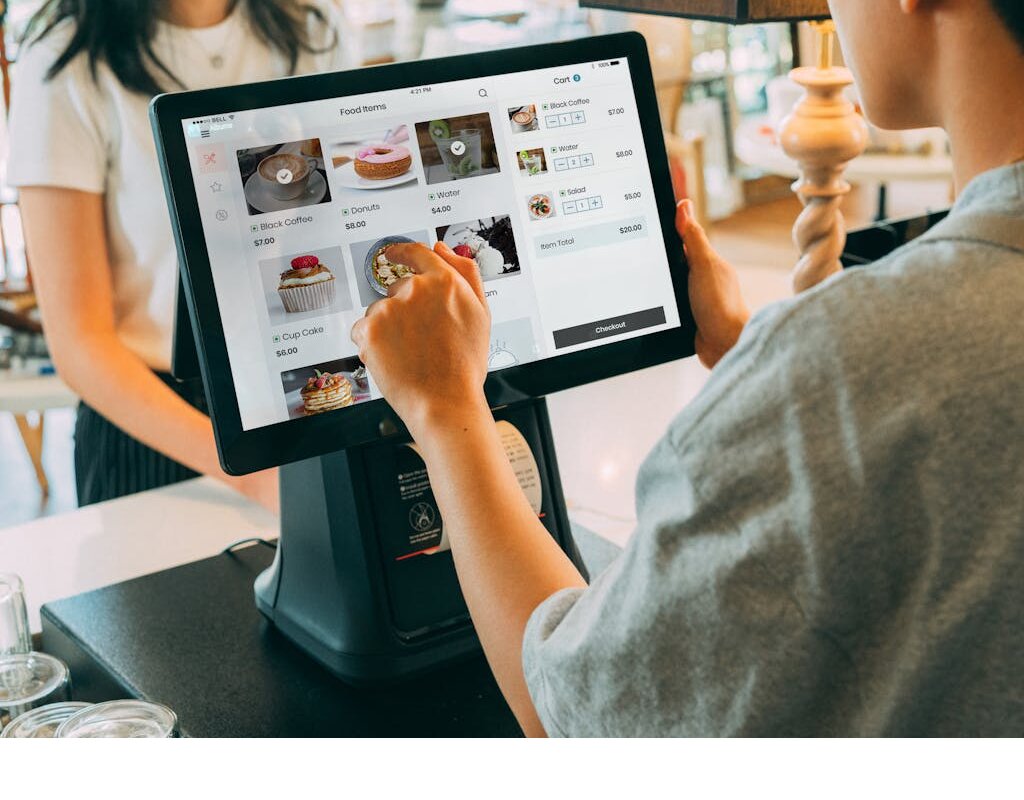
Join Smartlink as we explore in detail how these apps optimize operations, bringing significant benefits to restaurant owners across the USA.
1. Enhancing reservation management efficiency
1.1. Reducing wait times and increasing service efficiency
Restaurant management apps offer online reservation and check-in features, minimizing long wait times for customers. Customers can book a table via the app, receive notifications when their table is ready, and even check real-time table availability. This not only boosts customer satisfaction but also helps restaurants optimize seating arrangements, avoiding wasted space.
1.2. Optimizing table utilization with real-time data
By leveraging real-time data, restaurant owners can monitor table usage and make swift adjustments to maximize guest seating. This is especially crucial during peak hours, ensuring smooth operations without inconveniencing customers.

2. Order and payment management
2.1. Consolidating orders from multiple channels
With the growth of online food delivery services like Uber Eats, DoorDash, and Grubhub, managing orders has become more complex. Restaurant management apps can consolidate orders from various channels, allowing staff to easily track and handle them without switching between systems. This increases efficiency and reduces errors.
2.2. Streamlined and transparent payments
Integrated electronic payment features enable quick customer payments, reducing wait times. Additionally, automatic payment tracking helps restaurants better manage cash flow while providing transparent and accurate financial reports.
3. Workforce management
3.1. Automated and flexible scheduling
Restaurant management apps automate staff scheduling based on customer demand and past activity data. Restaurant owners can easily adjust schedules to match real-time conditions, ensuring adequate staffing during peak hours without wasting resources.
3.2. Monitoring and evaluating employee performance
Performance tracking tools enable restaurant owners to accurately assess staff efficiency, implement fair reward and disciplinary policies, and motivate employees to improve service. This boosts employee morale and directly impacts customer service quality.
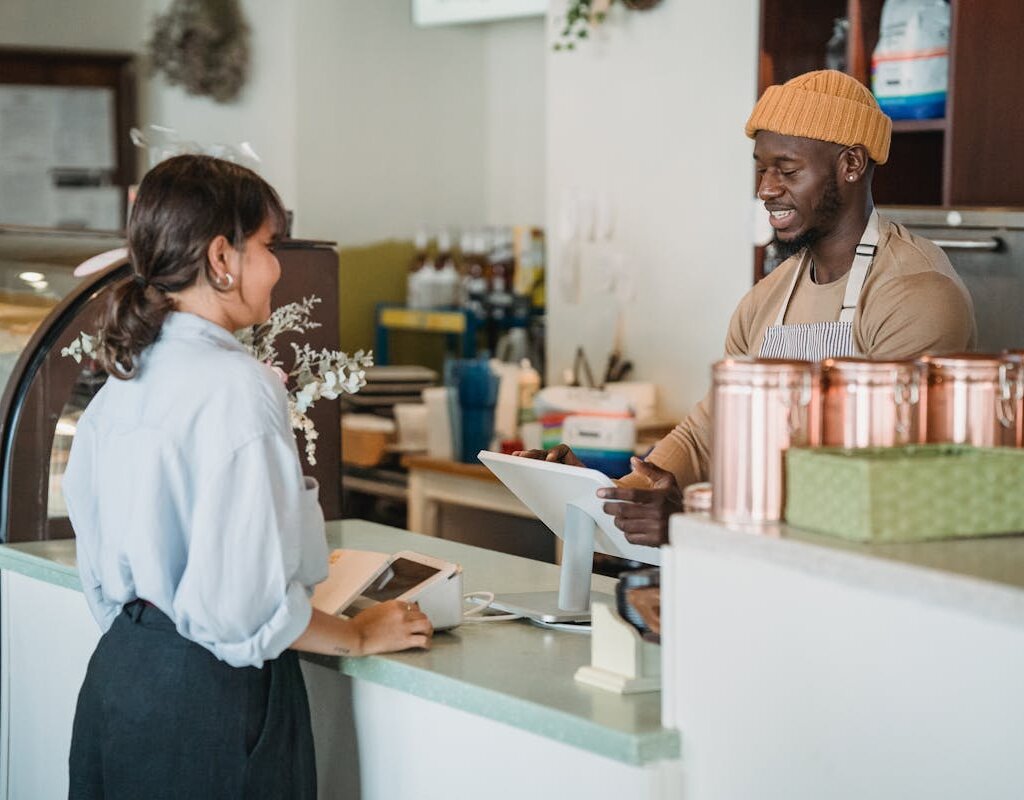
4. Inventory management
4.1. Optimizing inventory control and demand forecasting
Inventory management is a major challenge for restaurants. Restaurant management apps offer automatic inventory tracking, making it easy for owners to monitor stock levels and avoid shortages or excess. Additionally, these apps use consumption data for demand forecasting, aiding in effective ordering planning.
4.2. Reducing waste and optimizing costs
Effective inventory management minimizes food waste, saves costs, and increases profitability. These apps also provide detailed reports on ingredient costs, helping restaurant owners make smarter financial decisions.
5. Enhancing customer experience
5.1. Personalized service based on customer data
Restaurant management apps store customer information, such as food preferences, reservation history, and special requests. This data helps restaurants offer personalized service, delivering unique and memorable experiences. Personalized service not only boosts customer satisfaction but also fosters loyalty.
5.2. Instant feedback and interaction
Some apps allow customers to provide direct feedback, enabling restaurant owners to promptly address issues. This immediate interaction improves service quality and builds strong customer relationships, fostering lasting connections.

6. Data analysis and reporting
6.1. Real-time data and comprehensive analysis
Restaurant management apps provide real-time data on all aspects of the business, from revenue and customer numbers to staff performance and ingredient consumption. This data offers a comprehensive and detailed view of operations, enabling precise strategic decision-making.
6.2. Customized reports
These apps allow for customized reports tailored to each restaurant's needs, helping owners monitor important metrics and quickly adjust business strategies. This not only optimizes operations but also promotes sustainable growth.
Conclusion
Restaurant management apps have become indispensable tools for optimizing restaurant operations in the USA. From managing reservations, orders, and staff to enhancing customer experience and data analysis, these apps enable restaurant owners to operate more efficiently, save costs, and improve service quality. In a highly competitive market, adopting advanced management technology is not just a trend but a key to long-term success.
If you're looking for a comprehensive restaurant management solution, explore Smartlink's Smart Restaurant software. With modern features and a user-friendly interface, Smart Restaurant automates every aspect of restaurant operations, from inventory management to detailed data analysis. It’s the ideal tool to optimize your operations, boost efficiency, and provide exceptional customer experiences. Contact us to learn more about how Smart Restaurant can help your restaurant thrive.
